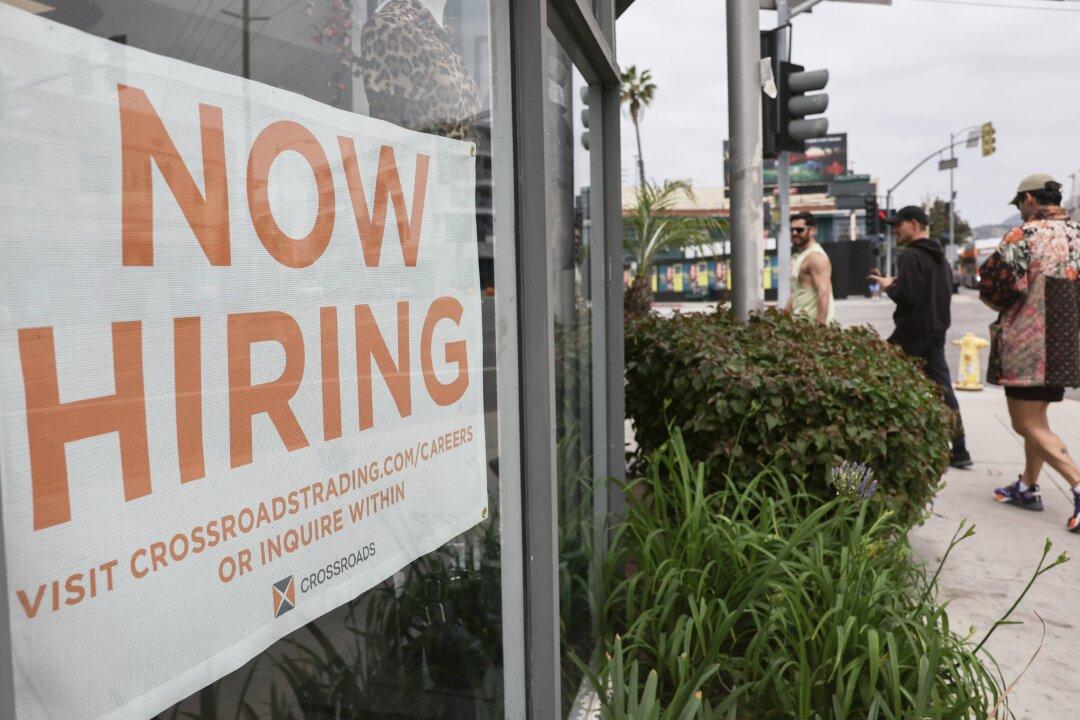Is the U.S. economy and labor market weaker than the government is reporting?
In recent weeks, federal agencies have announced revisions to various economic metrics, from gross domestic product to monthly jobs data.

Is the U.S. economy and labor market weaker than the government is reporting?
In recent weeks, federal agencies have announced revisions to various economic metrics, from gross domestic product to monthly jobs data.